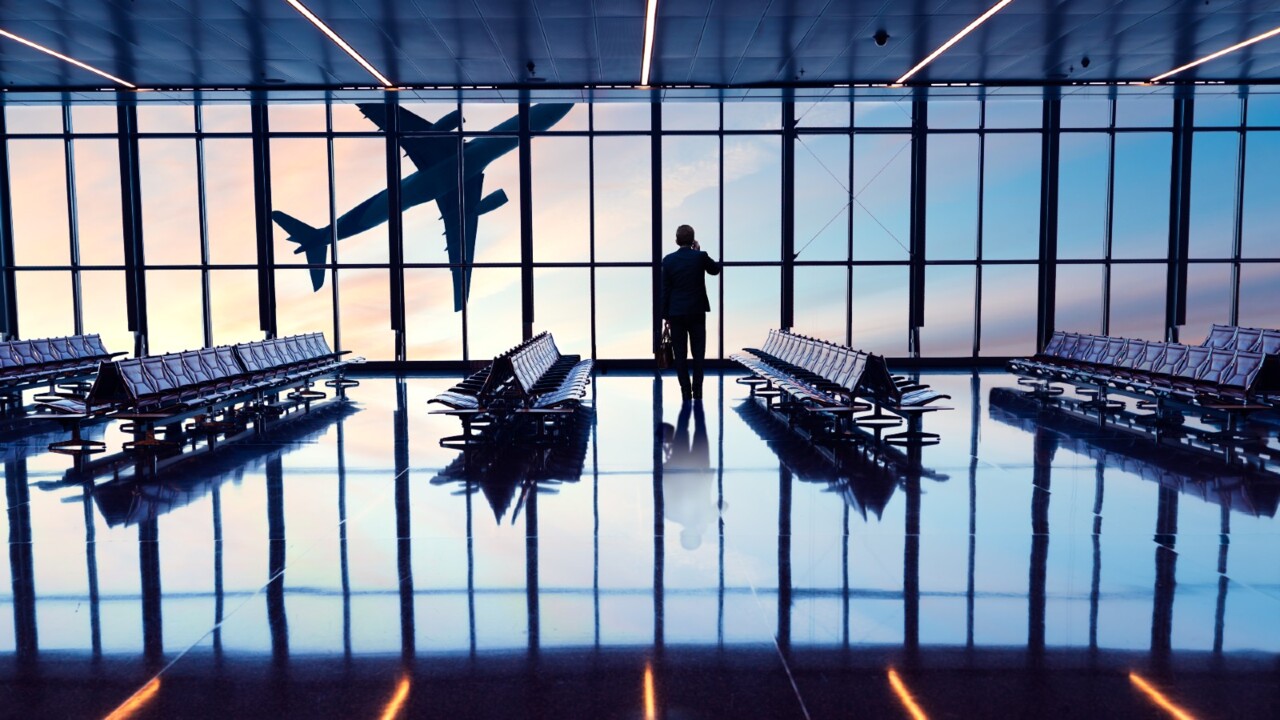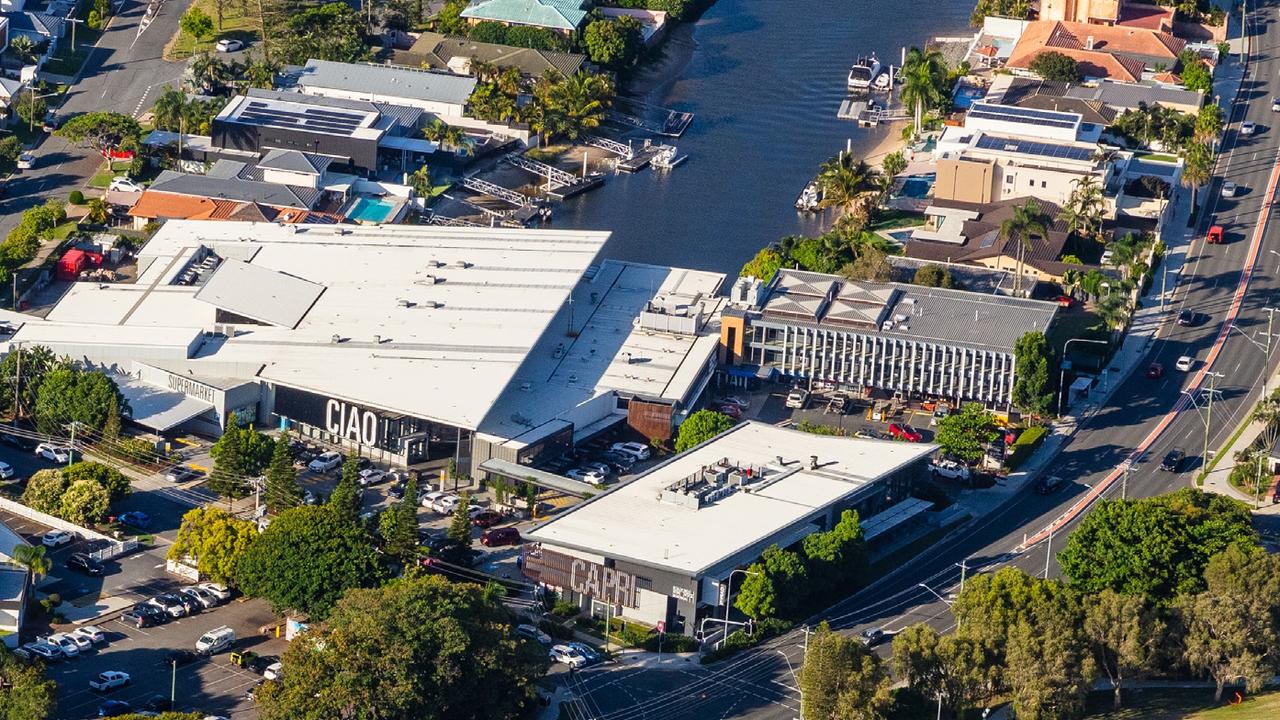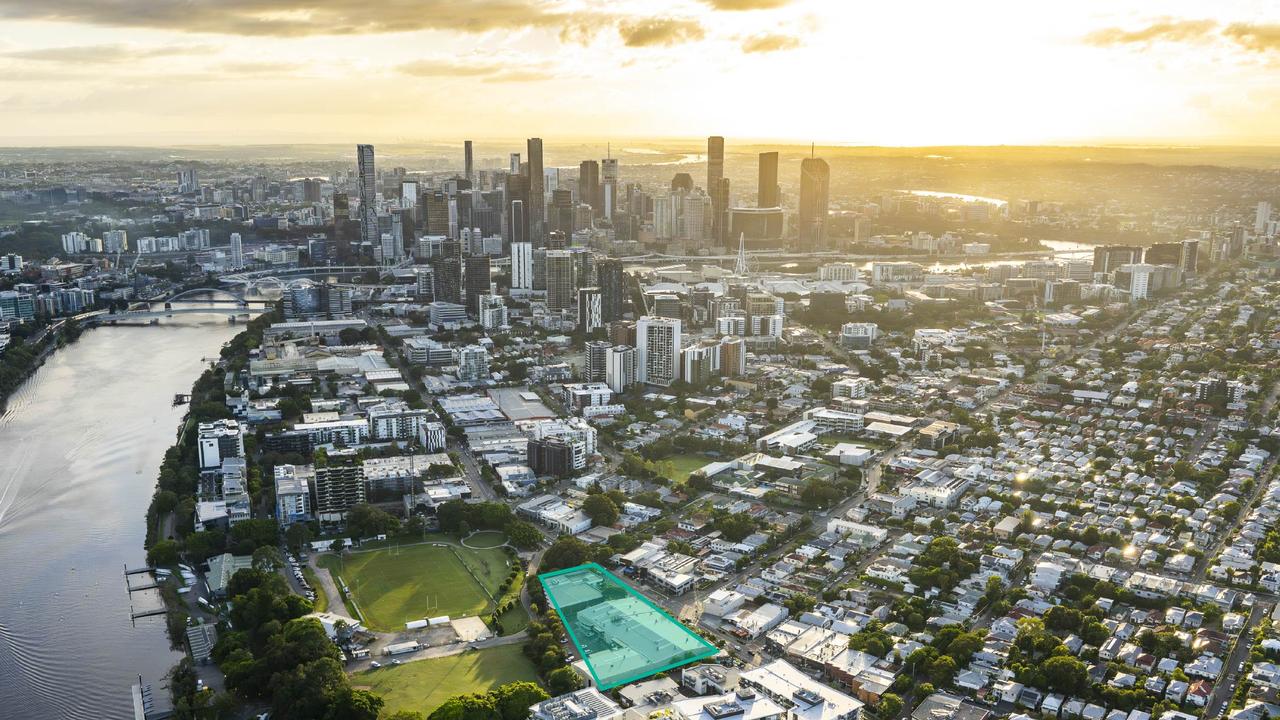Airfare affordability index shows a flight ticket to London costs four days of work
Airfares may have come down from the highs of recent years but new data shows travellers are having to work for longer to afford a ticket to London.

Business
Don't miss out on the headlines from Business. Followed categories will be added to My News.
International airfares may be coming down but new data shows travellers are having to work for longer to afford a long haul overseas flight.
Flight Centre’s Turner Index examining airfare affordability, showed customers needed to work for four days on average to buy the cheapest return fare for Sydney-London.
At $1509, the fare is the most expensive in the history of the route, compared to $1039 five years ago, $1359 in 2014, and $1299 in 2004.
Although the average weekly wage has increased considerably in that time frame, from $934 20 years ago to $1924 now, travellers are still worse off than they were pre-Covid.
The index showed that in 2019 it took just three days of wages to afford flights to London and back, down from almost a week in 2014.
When Qantas first started flying to London in 1947, prospective passengers needed to save for year-and-a-half to afford the $1170 fare.

Flight Centre founder and CEO Graham Turner, who the index is named after, said there was definitely room for fares to come down further.
“We’re only going to see that if competition and capacity increases so we welcome new airlines, and new routes from our existing airline partners,” Mr Turner said.
“In the short term, the good news is that airlines will be releasing early bird deals for travel to the UK and Europe next year so we should see a drop in fares again soon.”
Singapore Airlines was the first to move, cutting fares on routes from Australia to as low as $632 for Darwin-Singapore return.
Other sale fares available for travel between January and September next year include $719 for Melbourne-Beijing return; $1593 for Cairns-London and back, and $1693 for Sydney-Paris.
Business class fares have also been reduced to $3881 for Melbourne-Singapore return or $7597 for Melbourne-Milan.
The sales could prove timely with national accounts data published by the Australian Bureau of Statistics this week, showing cost-of-living pressures were starting to limit how much households were willing to spend on travel.

ABS head of national accounts Katherine Keenan said spending on many discretionary categories fell in the June quarter, and for the first time since borders reopened travel was not immune.
“The strongest detractor from GDP growth was transport services (at -4.4 per cent) particularly reduced air travel,” Ms Keenan noted.
“This was the first fall for this series since the September 2021 quarter.”
It stood to reason then that value for money destinations remained the most popular with Australians heading abroad, led by Bali and Thailand.
International airline activity data compiled by the Bureau of Infrastructure, Transport and Regional Economics showed almost every seat on flights to Bali operated by Jetstar, Qantas and Virgin was taken in June.
Other destinations with very high passenger load factors included Thailand, India and the Philippines.
A total of 3.28 million people travelled in and out of Australia in June, up from 2.89 million in June 2023, largely due to an 11.6 per cent increase in airline capacity.
More than one in four travellers, or 28 per cent, were carried by either Qantas or Jetstar; Singapore Airlines flew 9.4 per cent of the total number; and Emirates 6.5 per cent.
More Coverage
Originally published as Airfare affordability index shows a flight ticket to London costs four days of work





